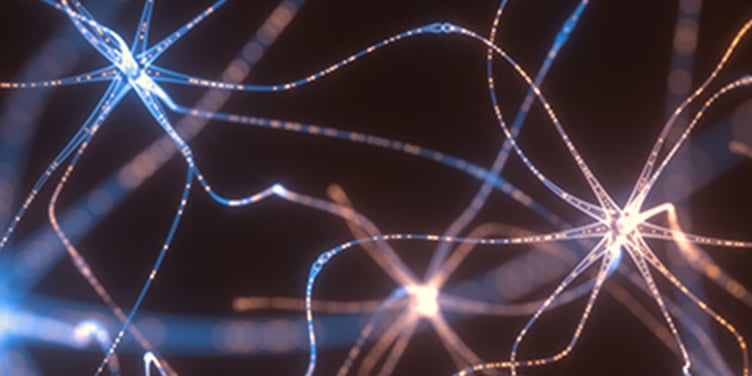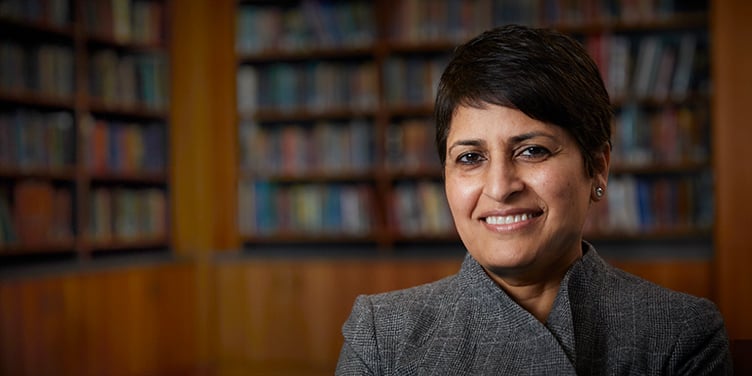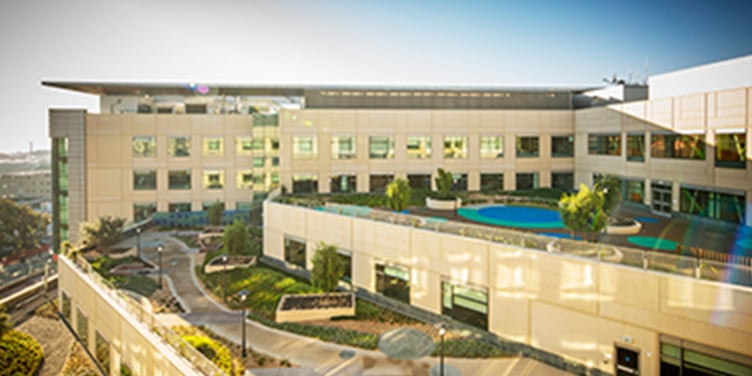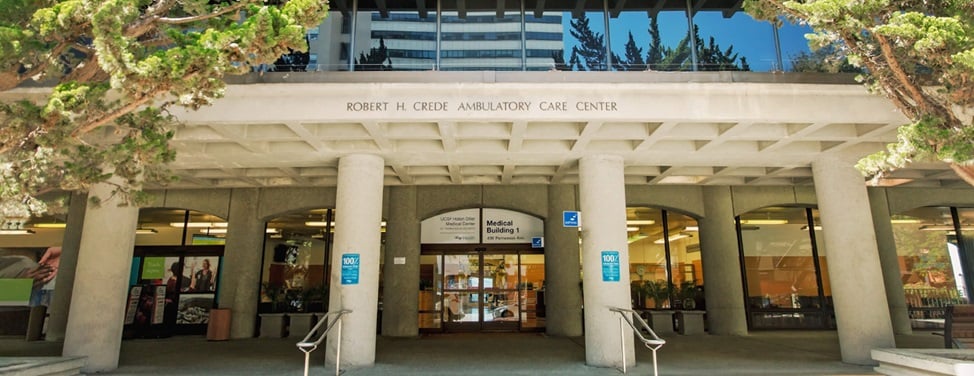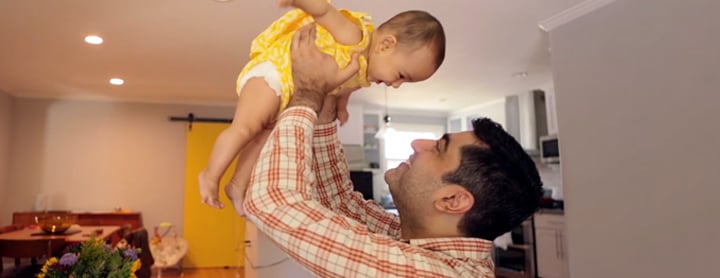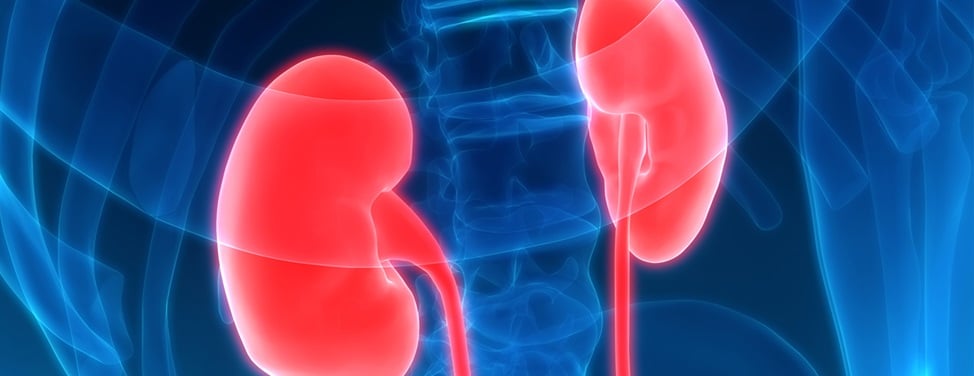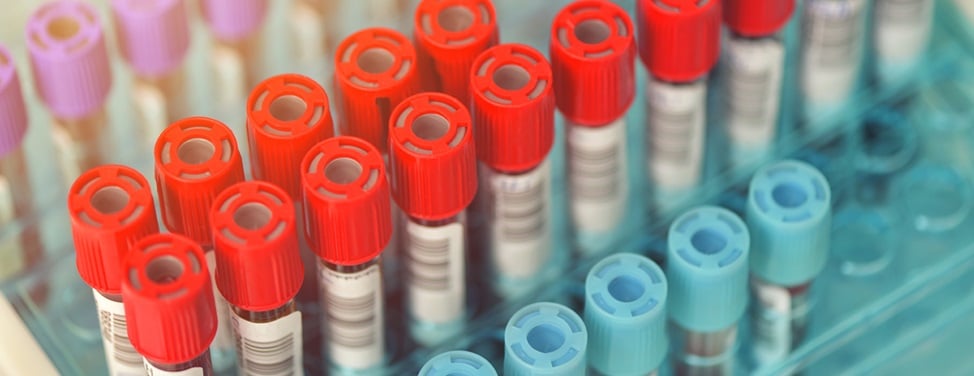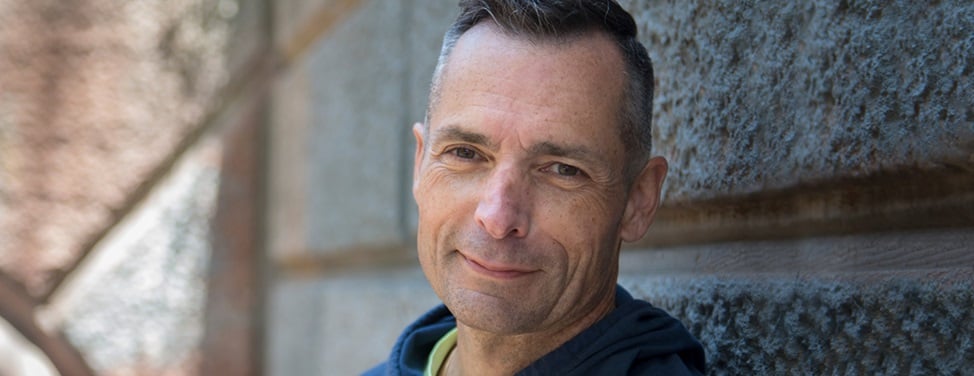Kidneys for transplant may come from either a living or deceased donor. When a living donor's kidney is removed, the remaining kidney enlarges slightly and performs the same amount of work as the previous pair.

Living Kidney Donor Transplant
As with any major operation, there is a chance of complications. However, kidney donors have the same life expectancy, general health and kidney function as non-donors. Donating a kidney doesn't affect a woman's ability to have children. Any healthy person can safely donate a kidney.
Having a living donor benefits patients in several ways:
- Better long-term results
- Shorter wait time until transplant
- Ability to plan surgery at a convenient time
- Lower risk of complications or organ rejection and better early function of the transplanted kidney
At UCSF, prospective kidney donors are asked to complete a confidential, online health history questionnaire before coming in for an evaluation.
Open the questionnaireDonor eligibility and evaluation
Potential donors must meet certain criteria to be considered. They must be at least 18 years old (with the exception of emancipated minors) and must not have any of the following:
- Uncontrollable hypertension
- History of pulmonary embolism or recurrent thrombosis (blood clots)
- Bleeding disorders
- Uncontrollable psychiatric illness
- Morbid obesity
- Uncontrollable cardiovascular disease
- Chronic lung disease with impairment of oxygenation or ventilation
- History of melanoma
- History of metastatic cancer
- Bilateral or recurrent kidney stones
- Chronic kidney disease of stage 3 or less
- Proteinuria, or high levels of protein in the blood (more than 300 mg/d, excluding postural proteinuria
- HIV infection
The donor must be in excellent health, well informed about transplantation and able to give informed consent. Before donating a kidney, the person must successfully complete a full medical, surgical and psychosocial evaluation.
The evaluation will include tests to ensure that the donor and recipient have compatible blood and tissue types. Some patients have several family members who are compatible potential donors. In other families, none are suitable. UCSF offers several programs to help patients with willing but incompatible donors (see "Special Programs for Living Donor Kidney Transplantation," below).
Laporoscopic (minimally invasive) donor surgery
UCSF has been using a minimally invasive procedure, called laparoscopic donor nephrectomy, to remove kidneys from living donors since 1999. We have performed hundreds of these procedures, making our program one of the most experienced in the country.
In a laparoscopic donor nephrectomy, the surgeon uses very small incisions, a thin, flexible scope equipped with a camera to view inside the body, and wand-like instruments to remove the kidney. Compared to the kidney donation procedure used in the past, laparascopic surgery has several advantages for donors:
- Decreased need for strong pain medications
- Shorter recovery time in the hospital
- Quicker return to normal activities
- Very low complication rate
The operation usually takes three hours. Most patients require a hospital stay of only two to three days and return to work within three to four weeks.
In some cases, due to the donor's individual anatomy, the surgeon decides to perform traditional open kidney donation surgery instead. This procedure was standard for removing a living donor's kidney before the laparascopic technique was developed.
The traditional open procedure involves making a 5- to 7-inch incision on the flank, dividing the muscle and removing the tip of the twelfth rib. The operation typically takes three hours. Donors remain in the hospital four to five days on average, and return to work in six to eight weeks.
The technique used does not affect the quality and function of the donated kidney.
Donor follow-up care
After discharge from the hospital, the donor receives follow-up care in the transplant clinic. Donors who live outside the San Francisco region should stay in the area for at least a week after discharge.
Donors don't need medication or special diets once they recover from surgery. They do need lifelong monitoring of their overall health, blood pressure and kidney function.
Special programs for living donor kidney transplantation
Many patients have family members or friends who wish to donate a kidney but are not able to because their blood type or tissue type doesn't match the recipient. In such cases, the donor and recipient are said to be "incompatible." UCSF offers several programs to help these patients receive a kidney.
Paired exchange kidney transplant or "family swap"
This program is another way for a living donor to help a friend or loved one get a kidney even though their blood or tissue types don't match. It works by matching two recipients who have willing but incompatible donors.
For more information, see our page on paired exchange kidney donation.
Advanced donation ("voucher") program
This program allows living kidney donors to donate a kidney at a time of their choosing, rather than waiting until their chosen recipient is medically ready for the transplant. The donor provides a "voucher" to one chosen recipient (or more than one potential recipient, in the case of family vouchers), who is prioritized for a living donor transplant when ready.
For details about how this works, visit our Advanced Donation Kidney Transplant Program page.
UCSF Health medical specialists have reviewed this information. It is for educational purposes only and is not intended to replace the advice of your doctor or other health care provider. We encourage you to discuss any questions or concerns you may have with your provider.
Becoming a living donor
Find out more
The gift of an organ offers someone another chance at life. If you have questions or would like more information, please send us an email at [email protected].
You can also explore details about UCSF Health's kidney care providers, patients and evaluation process.
Awards & recognition
-

Among the top hospitals in the nation
-
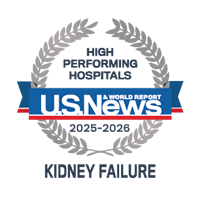
Rated high-performing hospital for kidney failure care
-

Kidney transplants performed each year
Kidney transplant research
-
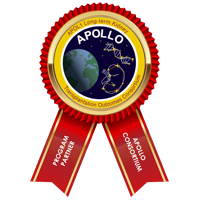
Studying long-term outcomes of kidney transplants
UCSF is part of the APOL1 Long-term Kidney Transplantation Outcomes (APOLLO) Network, a national study supported by the National Institutes of Health (NIH) that is working to address racial disparities in kidney transplant outcomes.

